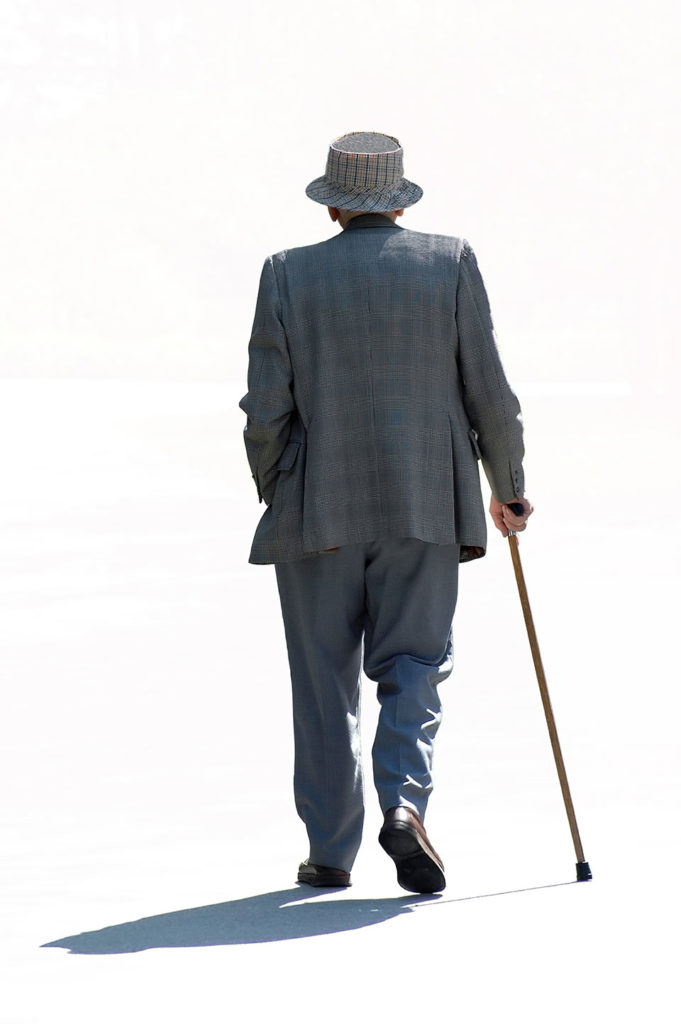
Activity Requirements for Adults With Limited Mobility
While much of the population is physically able to meet the accepted exercise recommendations for improving health, many people are not. Research from the University Institute on Aging, at the University of Florida, Gainesville, indicates that even modest amounts of activity can prove beneficial for those with physical limitations.
The study, printed in the Journal of the American Heart Association (2015; 4: e001288), looked at hard coronary heart disease (HCHD) risk and physical activity levels among 1,170 individuals with an average age of 79. Each person had mobility problems but was capable of walking 400 meters.
According to the data, study participants were inactive 642 minutes per day. They were active enough to log 100–499 accelerometer counts per minute for about 138 minutes per day. An average of 54 minutes was spent engaged in activity that yielded 500 or more accelerometer counts per day.
The researchers learned that logging at least 100 accelerometer counts per day was associated with decreased risk of HCHD. They did not determine a correlation between intensity and HCHD risk except in women without cardiovascular disease. They did find that each minute per day spent in
sedentary behavior was linked with increased HCHD risk.
“Daily time spent being sedentary is positively associated with predicted 10-year HCHD risk among mobility-limited older adults,” the authors said. “Duration, but not intensity (i.e., mean counts/min), of daily physical activity is inversely associated with HCHD risk score in this population—although the association for intensity may be sex specific among persons without CVD.”